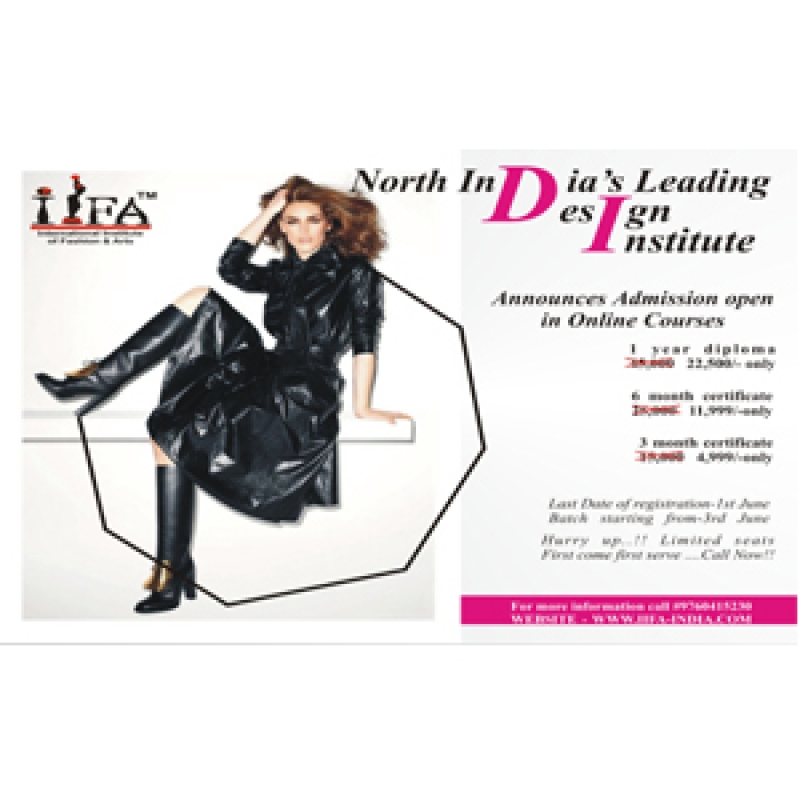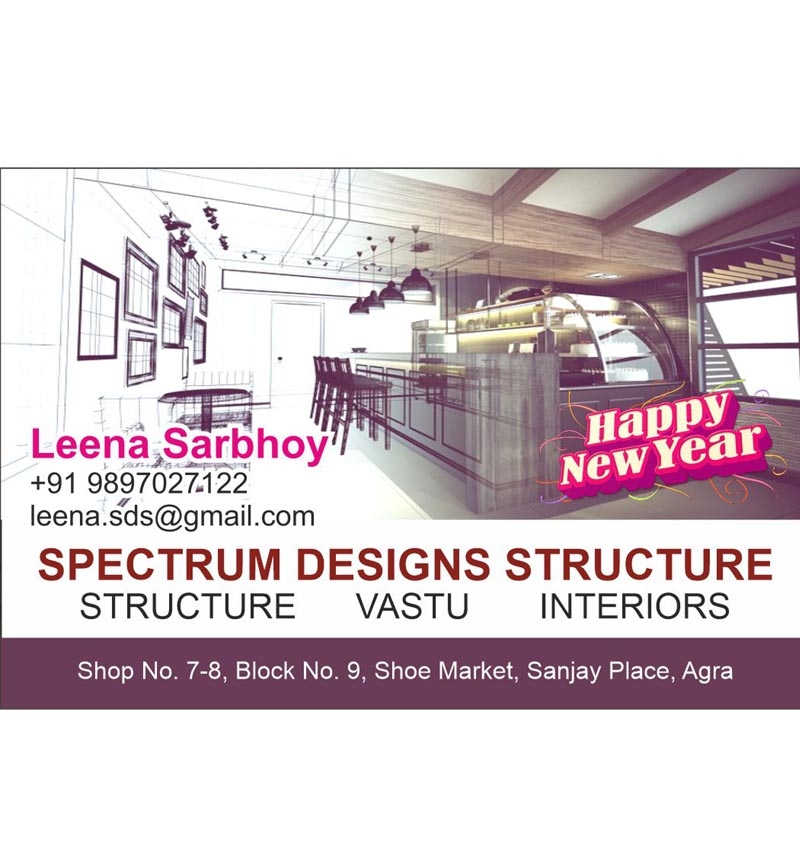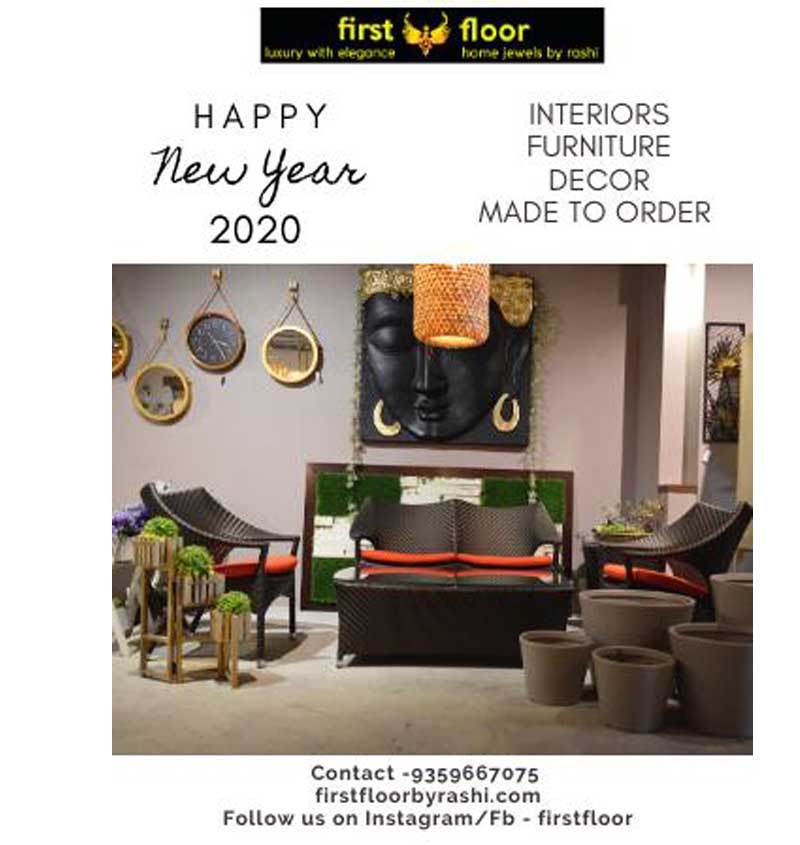What Is Biophilic Interior Design?
Biophilic interior design incorporates elements of nature into the built environment to create spaces that support physical and psychological well-being. This includes everything from natural light and ventilation to textures, materials, and patterns that mimic the outdoors.
Unlike traditional design trends, biophilic design isn't defined by a specific "look." Instead, it’s an approach that adapts to any style—minimalist, boho, modern, or rustic—while remaining rooted in nature's forms and rhythms.
Core Principles of Biophilic Interior Design
To successfully implement biophilic design in interiors, it's important to go beyond potted plants and greenery. The most effective biophilic spaces include both direct and indirect connections to nature, as well as spatial arrangements that evoke natural experiences.
1. Direct Nature Elements
These are tangible components of the natural world that are physically present within the space:
-
Natural light: Maximize exposure through large windows, skylights, or open floor plans.
-
Indoor plants and greenery: Use a variety of plant types—hanging, floor-standing, or even green walls.
-
Water features: Incorporate fountains, aquariums, or even artwork depicting water to evoke a calming effect.
-
Natural airflow: Promote cross-ventilation and fresh air circulation whenever possible.
2. Indirect Nature Elements
These represent nature through form, material, or imagery:
-
Natural materials: Incorporate wood, stone, leather, linen, and bamboo in furnishings and finishes.
-
Organic shapes and patterns: Choose furniture and decor with curves and motifs that mirror natural forms (leaves, waves, vines).
-
Color palettes: Use earthy tones like moss green, ocean blue, sand beige, and sky white.
-
Nature-inspired art and photography: Landscapes, botanical prints, and wildlife imagery subtly connect the indoors to the outdoors.
3. Nature-Emulating Spatial Design
This focuses on how space is arranged and experienced:
-
Refuge and prospect: Create cozy corners or alcoves balanced with open views to simulate feelings of shelter and openness found in nature.
-
Dynamic light and shadow: Use natural lighting variation and soft shadows to replicate the changing light of the day.
-
Rhythmic design: Reflect seasonal or time-based changes with adaptable elements—like rotating decor or light-tuning systems.
Why Biophilic Design Matters
The benefits of biophilic interior design are supported by a growing body of research. Studies have shown that spaces incorporating nature can:
-
Lower cortisol levels and reduce anxiety
-
Improve focus, memory, and productivity
-
Enhance creativity and cognitive function
-
Improve indoor air quality
-
Boost mood and overall well-being
This makes biophilic design especially valuable in homes, offices, healthcare environments, and educational settings.
Easy Ways to Apply Biophilic Design at Home
You don’t need a forest-facing villa to benefit from biophilic design. Here are practical ideas to start small:
-
Cluster a mix of indoor plants near windows or shelving.
-
Use natural fibers in rugs, throws, and upholstery (think wool, jute, cotton).
-
Let light in by swapping out heavy drapes for sheer curtains.
-
Add wood accents through tables, frames, or wall panels.
-
Use a scent diffuser with natural essential oils like eucalyptus or lavender.
-
Display landscape photography or botanical prints in key rooms.
Biophilic Design Is Not a Trend—It’s a Return
In an era of digital overload and urbanization, biophilic interior design is not just a passing style—it’s a return to something essential. By inviting nature into our interiors, we invite peace, balance, and vitality into our lives.
Whether you're designing a new home or refreshing a single room, biophilic design offers a timeless, nurturing approach that brings beauty and balance to the everyday.



















Your Message